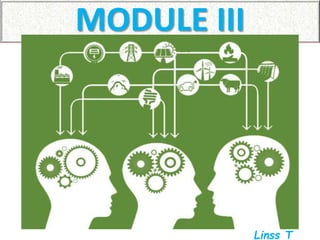Power system planning involves arranging a scheme beforehand to adequately satisfy future load requirements. It determines new and upgraded generation, transmission, and distribution elements. Load forecasting is an important part of planning to estimate future loads. Short term forecasting is used for operations while long term forecasting informs infrastructure development decisions. Various statistical, artificial intelligence, and hybrid methods are used for load forecasting at different timescales, each with their own advantages and limitations regarding accuracy. Accurate load forecasting is essential for utility planning and operations.












































